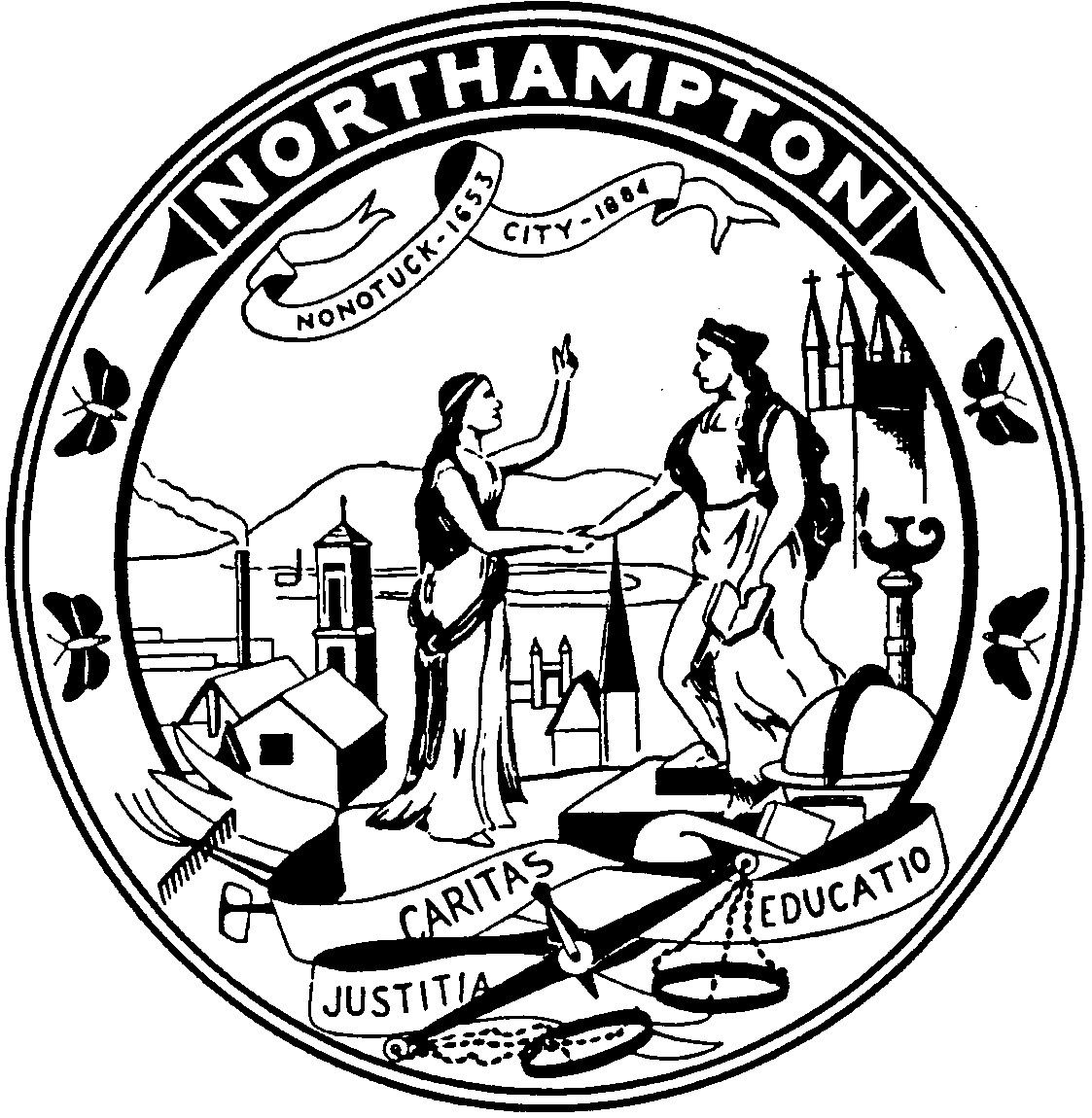NORTHAMPTON — The city of Northampton has received a $500,000 Complete Streets Grant award from the Massachusetts Department of Transportation for bicycle and pedestrian safety improvements in addition to the repaving of Locust Street from Straw Avenue to Prospect Street.
The project will improve safety on Locust Street between Berkshire Terrace/Straw Avenue and Hatfield Street.
Planned work includes restriping to create a 5-foot bicycle lane with a 4-foot striped buffer, 11-foot travel lanes in each direction, and a 14-foot center left-turn lane will be added in front of Smith Vocational and Agricultural High School, along with curb extensions and crosswalks.
A Rectangular Rapid Flashing beacon will also be installed at the Berkshire Terrace/Straw Avenue crosswalk. These improvements are designed to reduce vehicle speeds, provide a safer and more comfortable environment for bicyclists, and close a major gap in the bicycle network, as no bicycle facilities currently exist on Locust Street between Berkshire Terrace/Straw Avenue and Prospect Street.
Funding for this project has been made possible through years of prioritization and planning by the Office of Planning and Sustainability and the Department of Public Works. Design work for construction plans will begin immediately.
MassDOT defines a “Complete Street” as one that provides safe and accessible options for all travel modes — walking, biking, transit and vehicles — for people of all ages and abilities.
“I am proud that the commonwealth has recognized our dedicated efforts to improve safety for all roadway users in this vital corridor, and I remain committed to making our streets safer and more accessible for everyone in our community,” said Northampton Mayor Gina-Louise Sciarra.
The Locust Street area is one of the top 20 priorities submitted to MassDOT in 2022 as part of the planning process to become eligible for Complete Streets funding. This complete streets prioritization plan process was facilitated by the team at Vanasse Hangen Brustlin, who collected data, made field observations, and collected input and feedback from the Transportation and Parking Commission and the Bicycle and Pedestrian Subcommittee during 2021-2022.
“Sections of Locust Street rose to the top of what people felt were important corridors or intersections to address. Through that process, we developed overall this list of Complete Streets prioritization plan to be submitted to MassDOT,” said Office of Planning and Sustainability Director Carolyn Misch. “When you get the list approved by MassDOT, then you’re eligible to apply for funding under their Complete Streets program.”
Misch added that the implementation of these traffic calming measures will help Locust street traffic calming measures overall, but specifically around Straw Avenue, which is a wide street that goes downhill and uphill.
“Either direction, people quite regularly pick up speeds because it’s wide open. There’s nothing restricting your ability to stay in your lane let’s say, and people can make turns into those businesses while other’s can just bypass them quickly,” explained Misch. “You’re not slowed for any reason really because it’s so wide. So, by narrowing it, you are going to slow down because you don’t have the wide room to pass other cars, and also because of that vehicles will be slower, which makes it safer for the bicycles in addition to be separated. The slower the speed, the less potential damage there is if there are crashes. All of that helps both the driver’s sake as well as for cyclists.”
Flashing beacons will also help enforce vehicles stopping for pedestrians which has been a challenge with the road’s traffic measures as currently constructed.
Overall, the project will assist in creating a safer version of the existing corridor and comes as a result of the community listing the dangers of the street and making it a priority to address it.
“It’s immeasurable. There are many streets in the city where community members have said that people don’t feel safe walking or biking, and it’s because vehicle speeds are so high. Speed limit signs don’t slow traffic because they’re just signs. You really need to make these physical improvements to the street, to narrow the street, or to put projections like curb extensions into the street to really force vehicles to slow down,” said Misch. “It’s great that MassDOT is very supportive of these kinds of projects. Communities don’t have enough resources on their own to go in and fix all the streets that need to be addressed, so we’re trying to tick away at these one by one and make improvements, but we can only do so much so as much money as we can get from the state and federal agencies, we will go after to help us accomplish those goals.”



